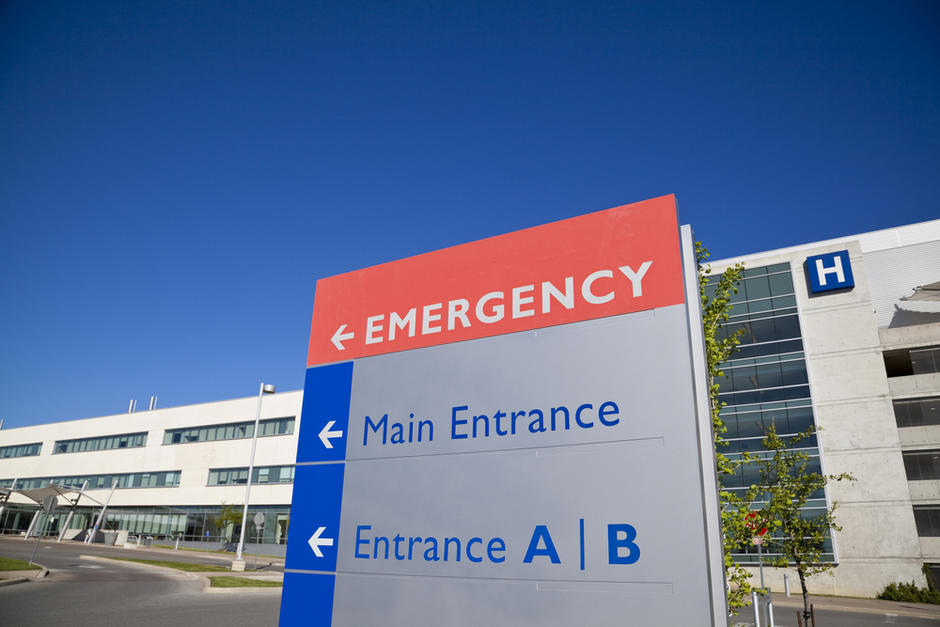2 min read
What if, the most cost-effective way to benefit healthcare delivery was to invest in energy efficiency measures that reduce carbon emissions, increase a hospital’s contribution to tackling climate change and reduce operational expenditure?
When a high proportion of operational spend is dedicated to the acute care setting, how can we look at things differently? How can organisations protect themselves and build resilience when faced with challenges such as energy security, supply, and affordability which affect operational performance and the bottom line - fundamentally impacting the levels of care delivered to patients?

Spend on Healthcare in Australia rose above 10% of GDP for the first time in 2015-16 and continues to grow above inflation. In the face of this, the sector is grappling with significant changes: digitisation, a move towards Value-Based Healthcare, an ageing population, Private Health Insurance facing scrutiny over value provided - and a medical technology race utilising artificial intelligence, robotics, 3D-Printing and an increased role of genetics. Technology and tightening budgets - all conspiring to unlock a new dawn in the provision of healthcare as we have never seen before.
The expectations of a hospital CEO or health minister are very different from those before. The imposition of technology change is not new - however patients are now seen as customers exercising discretion, taxpayers want access to the best medical care albeit without paying high taxes, and the demand for transparency has never been higher. These aforementioned challenges deepen scrutiny of operational costs, and on top of this, hospital systems and structures need to be agile, yet resilient so they are still fit for purpose in 10-15 years time.
The biggest challenge, therefore, is how can we pursue a sustainable healthcare system in an era of accelerated change? More or less Public Private Partnership’s? The integration of primary, tertiary and Aged Care?
So what does this have to do with environmental solutions?
Recently the Institute of Healthcare Engineering, Australia (IHEA) hosted the International Federation of Hospital Engineering (IFHE) Congress with a theme of “Healthcare Engineering – Building on Sustainable Foundations”.
It called for the Health and Aged Care sector to consider the environmental impact of operations and the consequences of a worsening climate on health demand. It’s time for Public and Private Hospital operators to begin to view their infrastructure assets from an environmental performance perspective.

As we move to a low-carbon economy, the pressure is mounting on the Public Health sector to reduce carbon emissions. The Australian Healthcare sector contributed 7% of Australia’s total carbon footprint (Public Hospitals 2.4%, Private Hospitals 0.7%). The Victorian Department of Health & Human Services recently published its Environmental Sustainability Strategy for 2018-2023. The Climate and Health Alliance has published a Framework for a National Strategy on Climate, Health and Well-being for Australian - it calls for a sustainable, low/zero carbon and climate-resilient health care sector.
Given the pressure and changing expectations faced by Healthcare Administrators, where does the priority for a greener hospital system sit? As the construction of some of the largest investments in Healthcare infrastructure dots our skylines, how can we manage long-term costs better to optimise facilities and ensure operational health budgets are as predictable as possible?
"Rethinking Sustainability" is not just about new ways to recycle waste, recover energy and reuse water, it speaks to a "circular economy" where organisations such as Veolia enable more efficient, reliable environmental infrastructure and assets - working in partnership to optimise water, waste, and energy for the long term. Exploring new ways to partner with the private sector can allow organisations such as hospitals to focus on what they do best - caring for patients and managing the constant change that will undoubtedly continue to change the way healthcare is delivered into the future.
Contributed by Tim Lee, Business Development Manager - Healthcare, Veolia Australia and New Zealand


